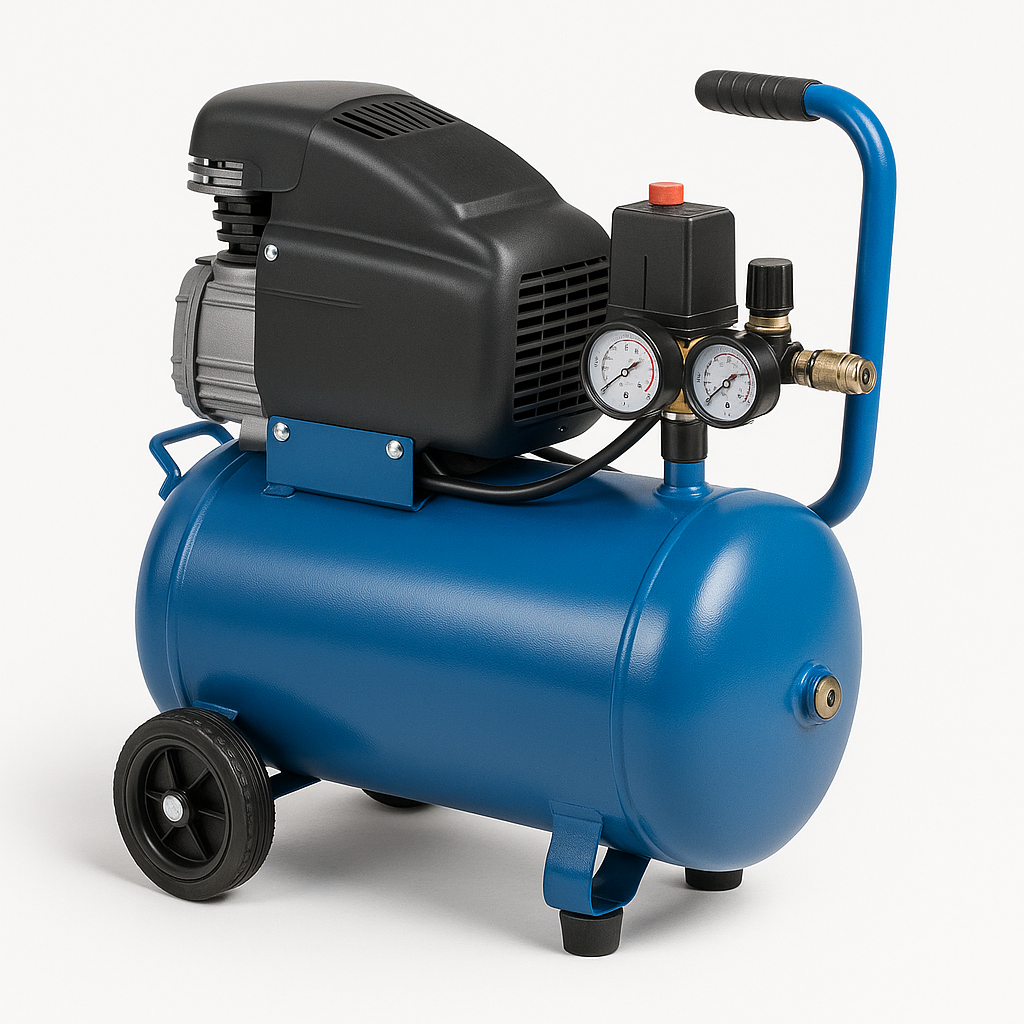15 Of The Most Popular Professional Sander Offer Bloggers You Need To Follow

The Ultimate Guide to Professional Sanders: Choosing the Right Tool for Your Projects
When it comes to attaining a smooth and refined surface on woodwork projects, professional sanders are a vital tool in any craftsman's toolbox. Whether you're an experienced woodworker or a passionate DIYer, selecting the ideal sander can significantly influence the performance and quality of your projects. In this comprehensive guide, we will dive into the various kinds of professional sanders, their features, advantages, and suggestions for making the very best option.
Kinds Of Professional Sanders
Before buying a sander, it's vital to comprehend the different types offered on the market, each with special applications. Below is a table summing up the main types of professional sanders in addition to their primary functions, advantages, and downsides.
| Type of Sander | Function | Advantages | Disadvantages |
|---|---|---|---|
| Belt Sander | Gets rid of material rapidly; perfect for flat surfaces | Really aggressive and efficient for rough surface areas | Can leave deep scratches if not used carefully |
| Orbital Sander | Offers a swirl-free surface; excellent for great work | Versatile; can be used on a variety of surfaces | Slower material elimination than belt sanders |
| Detail Sander | Perfect for tight areas and intricate designs | Light-weight and simple to control | Minimal to small areas; not for heavy stock removal |
| Random Orbital Sander | Integrates features of belt and orbital sanders | Produces a smooth surface; lowers swirling patterns | A little more expensive than standard orbital sanders |
| Disc Sander | Utilized for finishing edges and contours | High product elimination rate; excellent for forming | Less maneuverable than other handheld sanders |
| Drum Sander | Suitable for big projects and density sanding | Effective for thicker products and wide boards | Costly; needs considerable setup effort |
Secret Features to Consider
When choosing a professional sander, certain functions can significantly impact the user experience, efficiency, and flexibility of the tool. Below are crucial functions to bear in mind:
- Power Rating: Measured in amps (for electric sanders), a higher power ranking typically shows a more robust maker capable of managing tougher products.
- Speed: Adjustable speed settings permit versatility, allowing users to switch between projects or materials with differing requirements.
- Dust Collection: Effective dust collection systems help maintain a cleaner office and improve visibility during sanding.
- Weight and Ergonomics: Lightweight and ergonomically created sanders decrease fatigue and improve control during extended use.
- Sanding Pad Type: Depending on the sander type, some models use hook-and-loop pads for easy paper changes, while others might need adhesive-sanding sheets.
- Noise Levels: Consider the sound levels of the tool, specifically if operating in less sound-insulated environments.
Recommended Brands
Here is a list of some trustworthy brands understood for producing quality professional sanders:
- Bosch
- DeWalt
- Makita
- Festool
- Black+Decker
- Ryobi
Tips for Choosing the Right Sander
- Specify Your Needs: Analyze the kinds of projects you will be working on. For heavy-duty sanding, a belt sander may be perfect, while fragile projects might benefit from a detail or orbital sander.
- Spending plan Wisely: Set a budget based on your requirements and the frequency of use. Investing a bit more in a quality tool can save you money on replacements and repairs in the long run.
- Read Reviews and Ratings: Customer evaluations provide invaluable insights into the performance and dependability of a sander.
- Test for Comfort: If possible, try a demo design to assess the weight and managing to guarantee it feels comfortable in your hand.
- Consider Accessories: Check for suitable sanding pads, dust bags, and other required devices that may improve your sanding experience.
FREQUENTLY ASKED QUESTION
What is the difference between an orbital sander and a random orbital sander?
An orbital sander utilizes a round sanding disk that moves in a circular motion, which can leave swirl marks. A random orbital sander integrates this circular motion with an eccentric motion, helping to lessen swirl marks and provide a smoother surface.
How do I preserve my professional sander?
Routine upkeep consists of cleaning the dust collection bag, replacing worn sanding pads, and checking for any obstructions in the dust system. Additionally, keeping electrical connections clean can ensure longevity.
Can sanders be used on surface areas besides wood?
Yes! Numerous sanders can likewise be efficiently utilized on plastics, metal, and drywall, depending upon the type and sandpaper chosen. Always check the manufacturer's standards.
How do I pick the right grit sandpaper?
Coarse grits (40-60) are suitable for heavy product elimination, medium grits (80-120) for smoothing wood, and fine grits (150 and above) for polishing or ending up. It's frequently best to begin with a coarser grit and after that advance to a great grit for the very best outcomes.
Can I use a sander for paint removal?
Absolutely! While some sanders are better matched for paint removal (like the belt and random orbital sanders), it's essential to pick the right grit sandpaper and apply the best technique to avoid damaging the underlying product.
Buying a professional sander can significantly enhance the quality and efficiency of your woodworking jobs. By understanding the various types of sanders, assessing important functions, and following best practices, you can choose a tool that fulfills your particular needs. Always keep in mind to consider your project types, individual convenience, and spending plan before buying. With Akku Schlagschrauber Set Preis in hand, achieving that desirable flawless surface on woodwork has never ever been easier. Pleased click the next webpage !

